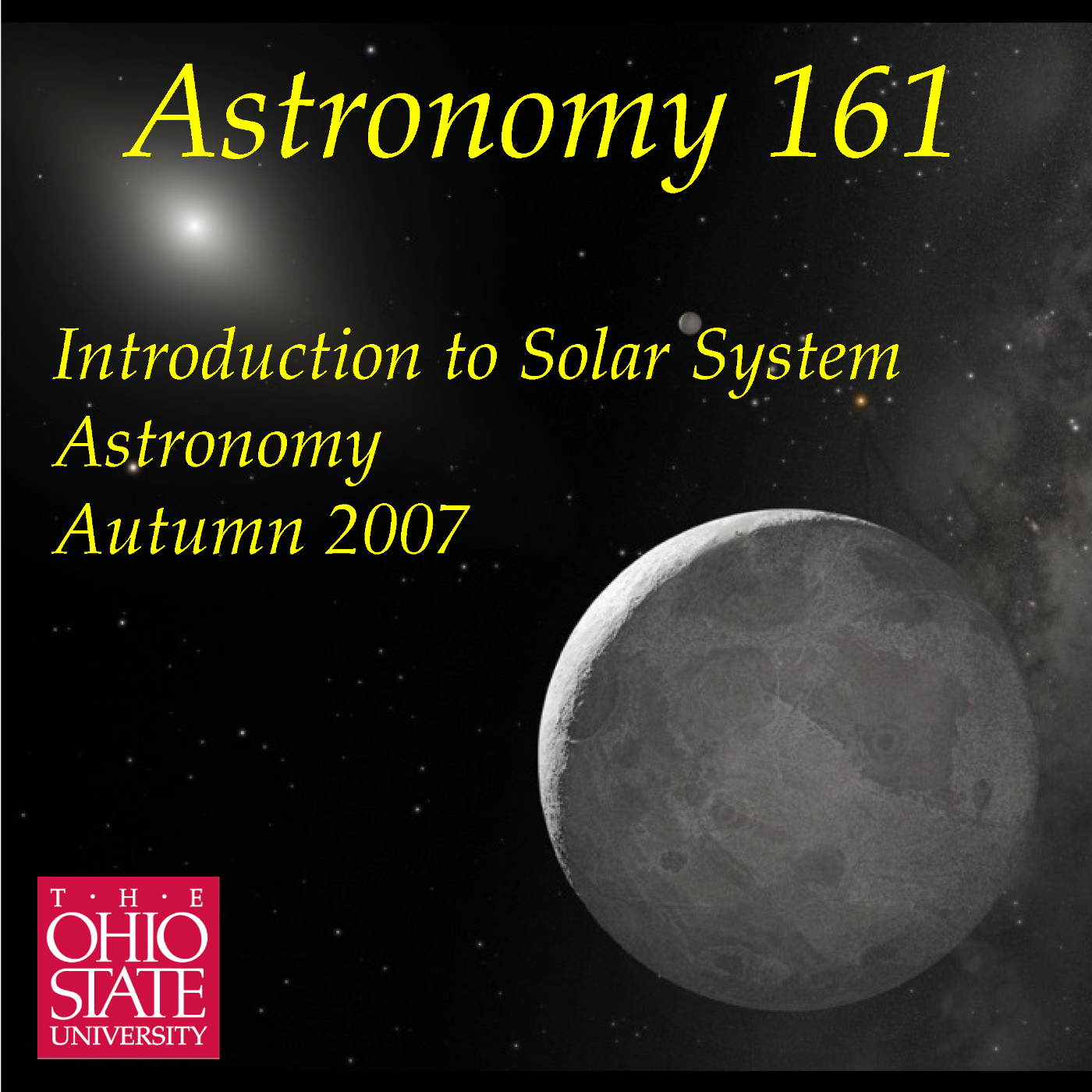Lecture 18: The Apple and the Moon - Newtonian Gravitation
Description
What is Gravity? Starting with the properties of falling bodies first
formulated by Galileo, Newton applied his three laws of motion to the
problem of Universal Gravitation. Newtonian Gravity is a mutually
attractive force that acts at a distance between any two massive bodies.
Its strength is proportional to the product of the two masses, and
inversely proportional to the square of the distance between their
centers. We then compare the fall of an apple on the Earth to the orbit
of the Moon, and show that the Moon is held in its orbit by the same
gravity that works on the surface of the Earth. In effect, the Moon is
perpetually "falling" around the Earth. Recorded 2007 Oct 15 in 1000
McPherson Lab on the Columbus campus of The Ohio State University.
More Episodes
A new podcast, Astronomy 141, Life in the Universe, is available
for those interested in continuing an exploration of topics in
modern astronomy.
Published 12/06/09
Published 12/06/09
Are we alone in the Universe? This lecture explores the question of how
we might go about finding life on planets around other stars. Rather
than talking about speculative ideas, like the Drake Equation or SETI, I
am instead taking the approach of posing it as a problem of what to look
for...
Published 11/30/07


